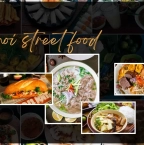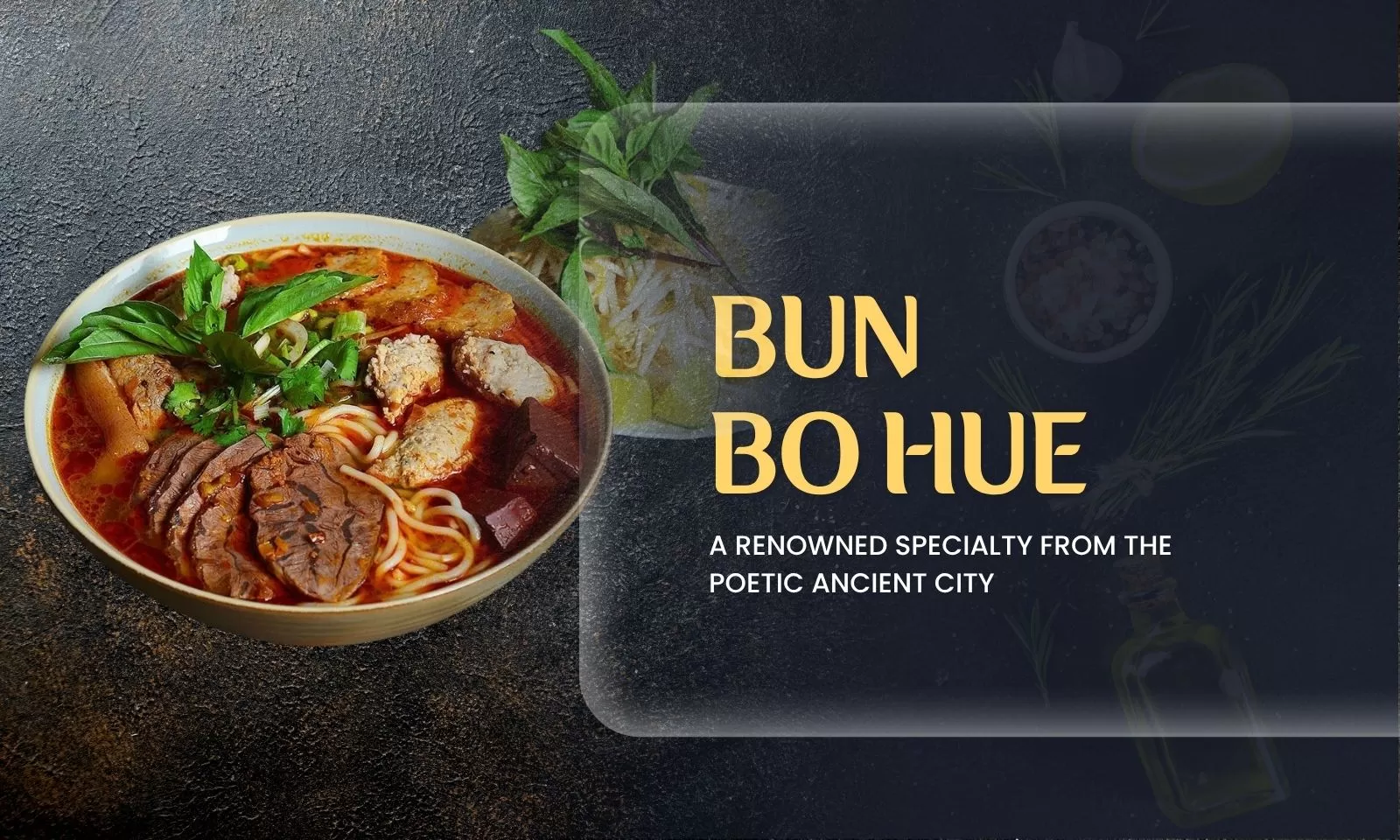
Bun Bo Hue: A renowned specialty from the poetic ancient city
More than just a spicy noodle soup, Bun Bo Hue reflects the soul of Hue’s culinary heritage. From rich beef and pork toppings to its lemongrass-scented broth, this iconic dish offers a deeply satisfying taste of Central Vietnam in every steaming bowl.

Bun Bo Hue, a Vietnamese culinary marvel, is far more than just a noodle dish. Originating from the picturesque city of Hue, this gastronomic specialty is steeped in tradition and history, offering an unforgettable taste experience for lovers of Vietnamese cuisine. During your trip to Vietnam, don't miss the opportunity to savor this legendary dish, which symbolizes the richness and diversity of Vietnamese gastronomy.
Table of Contents
What is Bun Bo Hue?
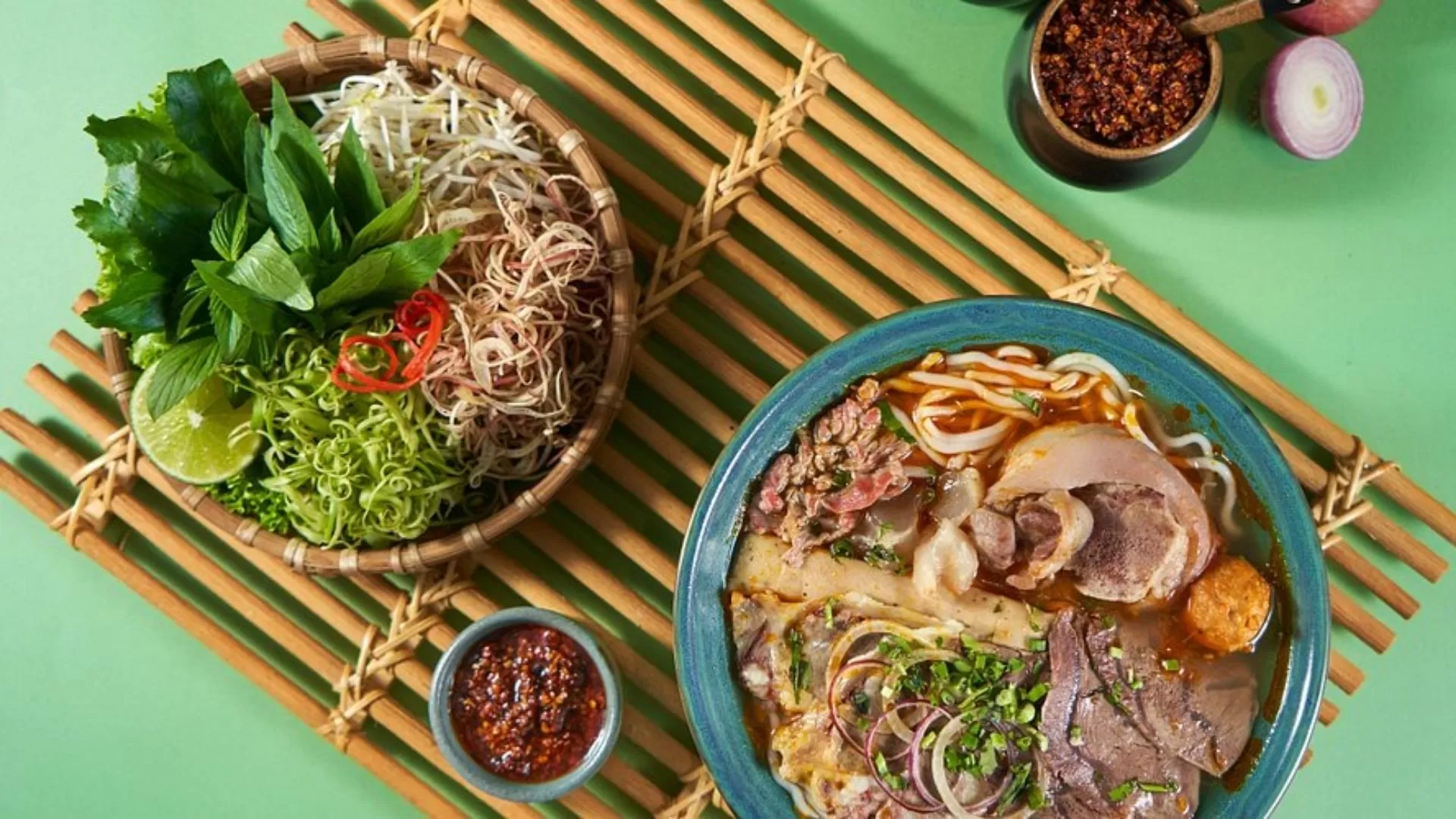
Bun Bo Hue is one of many iconic dishes that reflect the essence of the former imperial capital. Its broth is rich and savory, made from slow-simmered bones, spicy heat from chili and the distinct flavor of Bun Bo Hue paste, typical of Central Vietnamese cuisine.
To achieve the authentic taste of Hue, the dish must be aromatic and bold, particularly with the shrimp paste flavor and spicy heat—not only from lemongrass and chili-infused broth but also from the chili sauce and sliced onions mixed with fish sauce served alongside. This creates a delicious, enticing flavor that encourages every visitor in Hue to give it a try.
The origins of Bun Bo Hue
The origins of Bun Bo Hue date back to the 16th century, when a woman named Bún was credited with its invention. She had extraordinary skill in noodle-making and cleverly combined tender beef with a flavorful broth, creating the exquisite dish we now know as Bun Bo Hue.
The Bun Bo Hue recipe has been carefully preserved and passed down through generations, captivating the hearts of locals and beyond. Over time, the dish has evolved to include various Bun Bo Hue ingredients such as pork shank, congealed pig’s blood and crab sausage, adding complexity and richness.
Today, Bun Bo Hue proudly represents Vietnam’s culinary heritage, delighting food lovers with its unique blend of fragrant lemongrass broth, savory beef and harmonious flavors.
Main ingredients in Bun Bo Hue
Bun Bo Hue is not only known for its bold flavors but also for the harmony of carefully selected ingredients that contribute to its rich, aromatic broth and complex texture. From chewy rice noodles to tender beef and savory crab sausage, each component plays a vital role in defining this beloved Hue specialty. Let’s explore the core ingredients that bring Bun Bo Hue to life.
Rice noodles
The rice noodles used in Bun Bo Hue are made from a mix of rice flour and cassava flour in specific proportions to create a slightly chewy texture. These noodles are thicker than those used in most other Vietnamese noodle dishes.
To make them, locals often use a sieve-like mold with three legs to shape the thicker strands. The noodles are frequently produced in Vân Cù village, which boasts nearly 400 years of noodle-making history. The noodles from this region are particularly known for their fragrance and softer texture.
Beef, pork shank and crab sausage (Chả cua)
The beef used in Bun Bo Hue is usually brisket or tenderloin, recognized by its bright red color and light yellow marbling. During preparation, both beef and pork are thoroughly cleaned and briefly blanched in boiling water with a bit of vinegar or lemon juice for about 10 minutes to make the meat cleaner and more tender.
Besides beef, Bun Bo Hue also includes crab sausage. The crab is shelled and the meat-rich parts are collected, cleaned, finely chopped, strained and cooked to form a paste. This chả cua has an attractive orange color and a rich, flavorful taste.
The broth of Bun Bo Hue
The soul of Bun Bo Hue lies in its broth. What makes it special is the use of shrimp paste combined with the natural sweetness of pork and beef bones simmered with lemongrass and salt.
As the broth simmers, the foam is skimmed off to keep the broth clear and avoid bitterness. Shrimp paste—made from fermented dried shrimp—is diluted in cold water and added during cooking. A well-made broth is clear, gently sweet from the bones and subtly aromatic with the unique flavor of shrimp paste, a must for authentic Bun Bo Hue.
Accompaniments
A perfect bowl of Bun Bo Hue comes with an array of fresh accompaniments, including herbs, lettuce, bean sprouts, thinly sliced banana blossoms and a small bowl of fish sauce filled with chili.
You may want to read: Top 11 must-try traditional dishes in Hue
The difference between Bun Bo Hue and Bun Bo Hanoi
Although both dishes share the name “bun bo,” Bun Bo Hue and Bun Bo Hanoi offer distinct regional variations that reflect Vietnam’s diverse culinary landscape. From the size of the bowl to the choice of broth and toppings, these differences reveal how taste preferences shift between Central and Northern Vietnam.
Bun Bo Hue
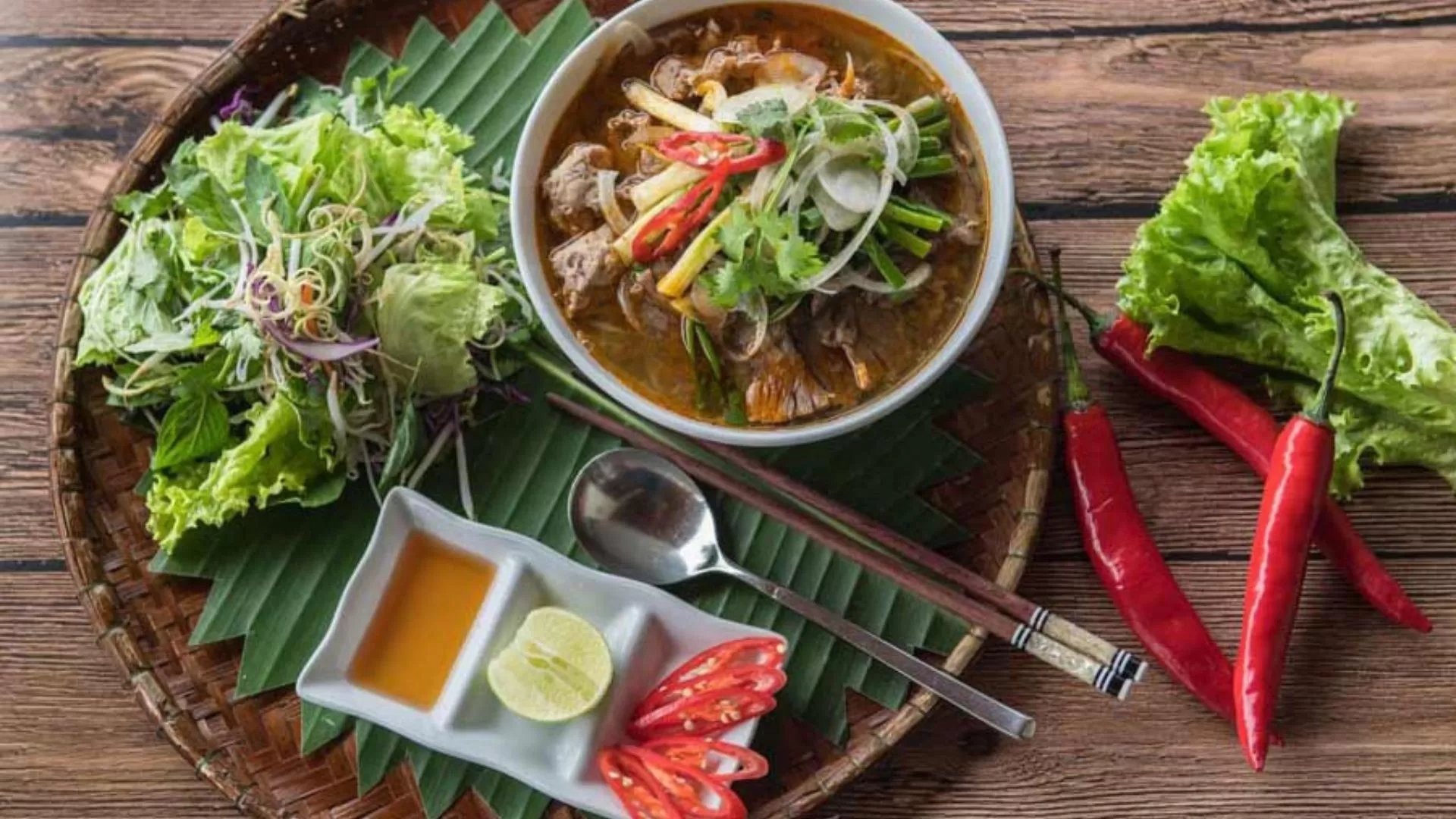
Bun Bo Hue bowls are generally smaller—about half the size of those served in Hanoi or Ho Chi Minh City.
The broth is slow-cooked for hours with pork shank, lemongrass and crucially, shrimp paste, the key to its signature flavor.
An authentic bowl should be clear yet rich, with depth from pork shank, aroma from lemongrass and a dominant chili heat from sautéed chili oil.
The soup has a striking red hue thanks to chili, but it's the delicious flavor that keeps people coming back.
Bun Bo Hanoi
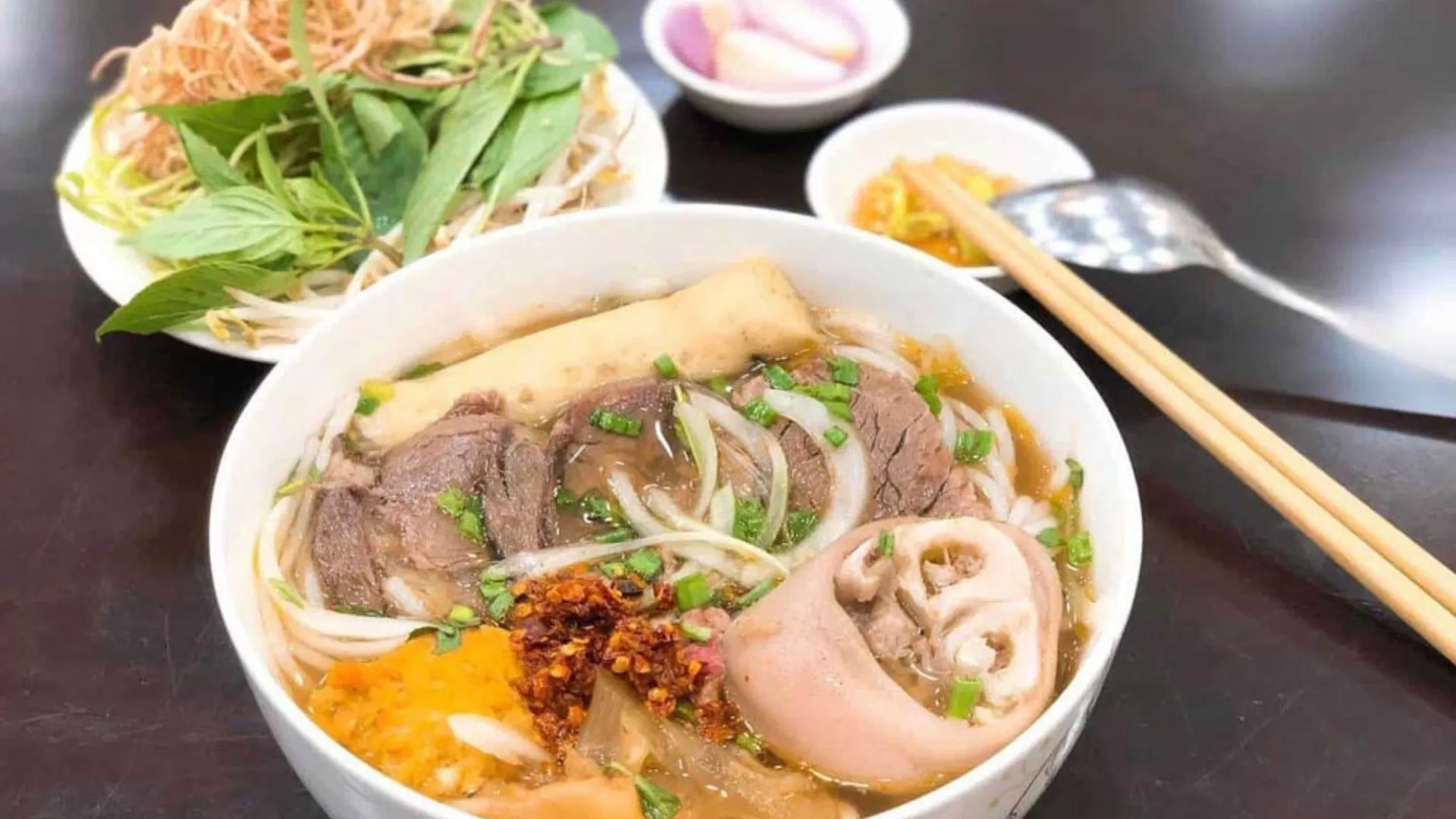
Though made with similar ingredients, the seasoning is adjusted to suit Northern palates.
In Hue, the broth relies on pork shank and shrimp paste, while in Hanoi it’s made with beef bones and tendons. Many feel Hanoi’s version lacks intensity and spice due to the absence of shrimp paste.
Accompaniments still include pork shank and congealed blood, but instead of crab sausage, Hanoi-style bowls often come with beef meatballs.
The serving size is typically twice as large as that of Bun Bo Hue.
Top 3 best Bun Bo Hue restaurants in Hue
No visit to Hue is complete without trying Bun Bo Hue in its birthplace. While the dish can be found across Vietnam, Hue remains the ultimate destination to savor it in its most authentic form. Here are three must-try local restaurants that have mastered the art of this beloved noodle soup.
Bun Bo Hue O Cuong
A must-visit for fans of this iconic noodle soup. Open from 6:30 AM to 11:00 AM, it offers a small, focused menu ensuring quality in every bowl.
The highlight of O Cuong lies in its deeply flavorful and aromatic broth, harmoniously blending lemongrass, shrimp paste and spices. Paired with tender beef and thick rice noodles, the experience is a culinary delight.
Address: 6 Tran Thuc Nhan Street, Vinh Ninh, Hue
Opening hours: 6:30 AM – 11:00 AM
Price: 30,000 – 40,000 VND
Bun Bo Hue Hem
Located just about 1 km from Trang Tien Bridge, this spot is popular among locals and tourists alike. Its standout feature is a bright yellow broth with a bold, savory flavor.
Each bowl is generously filled with rare beef slices, large bone-in cuts and delicious golden meatballs, along with a hearty portion of vermicelli.
Address: 17 Hung Vuong Street, Phu Hoi, Hue
Opening hours: 6:00 AM – 9:30 PM
Price: 35,000 VND
Bun Bo Hue Me Keo
With a 70-year legacy, Me Keo offers a nostalgic, authentic Bun Bo Hue experience.
Open from 7:00 AM to 10:00 AM, it’s ideal for early risers looking for a flavorful breakfast. For a taste of history and a bowl you won’t forget, Me Keo is not to be missed.
Address: 20 Bach Dang Street, Phu Cat, Hue
Opening hours: 7:00 AM – 10:00 AM
Price: 25,000 – 60,000 VND
Bun Bo Hue is far more than a simple noodle soup—it is a renowned specialty of the poetic, ancient city of Hue. With its unique flavors, traditional garnishes and deeply rooted culinary heritage, this iconic dish delivers an unforgettable experience for all who taste it. Try Bun Bo Hue on your next trip to Vietnam and immerse yourself in a world of unmatched culinary delight.
For more insights into traveling in Vietnam, don’t forget to visit the Hanoi Voyages website for meaningful travel experiences.
Dream about your trip to Asia, in private
We are here to make it happen with youFREE QUOTE, WITHOUT OBLIGATION









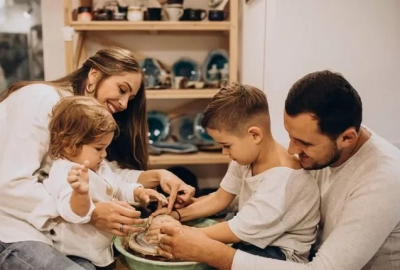
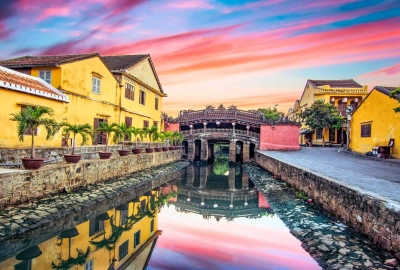


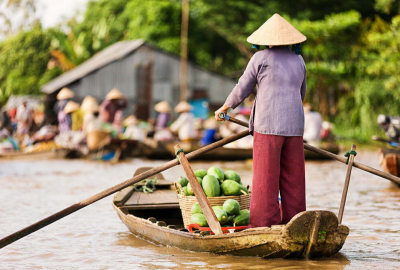

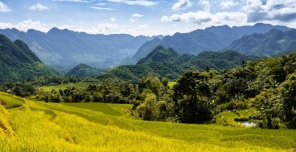
.webp)
